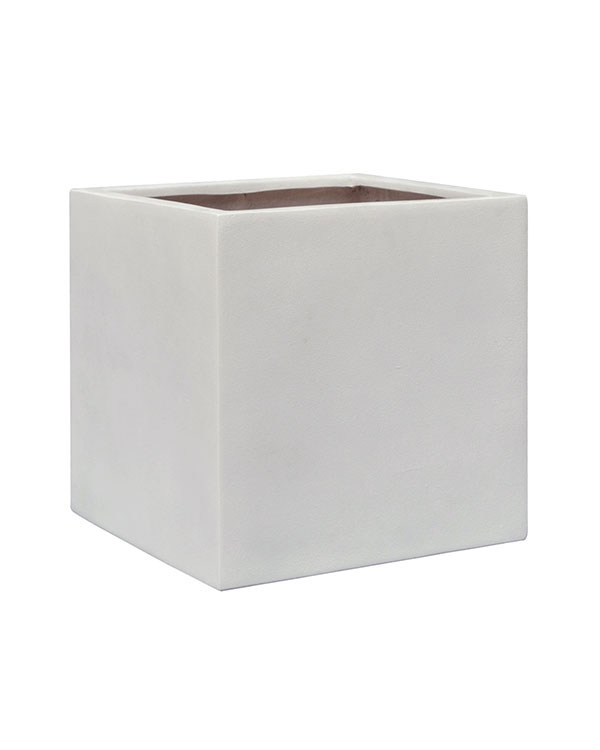Do you do container gardening outdoors? Depending on the type of pots and planters you have, special care must be taken to ensure they don’t get damaged during the harsh winter months.
Some of you might have emptied your pots and planters when autumn ends. If you plan to pause for container gardening this winter season, here is how you can store your pots and planters for the winter.
Proper Storage of Pots and Planters
Storing your pots and planters is a must. Not storing your planters properly can damage them. You will then have to spend more money to buy new planters in the spring. If you store planters the right way, they can last for decades.
Empty Your Containers
Before anything else, you need to empty your containers. This is the initial step if you want to store your plant containers. It might be tempting to re-use your potting soil, but it is not always the best case.
Reusing potting soil can promote the spread of diseases and pests. If the plant you had in the pot was healthy and had no pests, then you can keep and reuse the potting mix. If the plant was diseased and had pests, dispose of the potting mix/
After emptying the pots, inspect them for any cracks or damages. You can repurpose damaged pots if they can no longer hold plants.
Cleaning Your Containers
After emptying, cleaning is the next step. Remove any build-up from inside and outside of the planter. For most pots and planters, you can use a ten percent bleach solution, warm water, and scrub for deep cleaning. This solution can clear out fungi and bacteria left out in the containers. Rinse and dry afterward.
We do not recommend scrubbing your pots and planters if it has a matte paint finish. A rough scrub can damage the paint. You can use a soft cloth to wipe these planters clean.
Storing Your Planters
Terracotta
These types of containers absorb moisture, making them brittle. Make sure to store them in a shed or garage with a temperature above freezing. When exposed to freezing point temperatures, moisture in the pots will freeze and will cause it to crack. Make sure to dry it out first before storing it.
Ceramic Pots
Like terracotta, ceramic pots must be cleaned and dried before storing them indoors. They do not do well in freezing temperatures.
GRC, Fiberglass, Fiberstone
These types of planters can actually withstand high or low temperatures. They are frost-proof, but if you have an empty shed, you can store them there.
Concrete
You can leave this type of planter outside. Concrete pots are durable at different temperatures. It can withstand any temperature, especially commercial-grade pots. Moving them inside can only cause chips or cracks from moving them.
Plastic Pots
Plastic pots do not need to be stored indoors during the winter though you might want to cover them as the sun can cause the paint to fade.
Not all types of planters can withstand temperature changes. Taking care of your pots and planters is a must. If you are unsure about your containers, you can contact your suppliers and ask for their advice.


